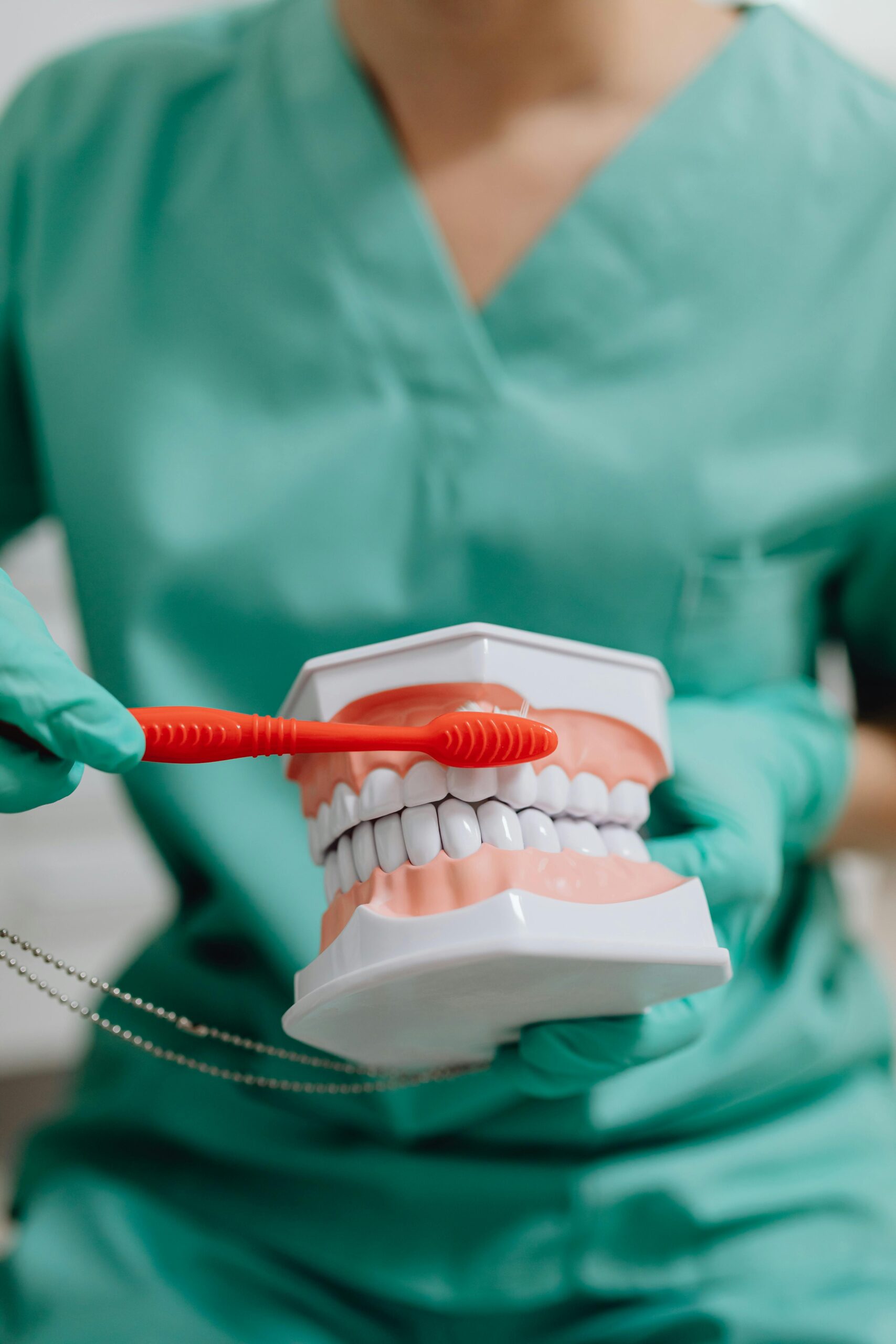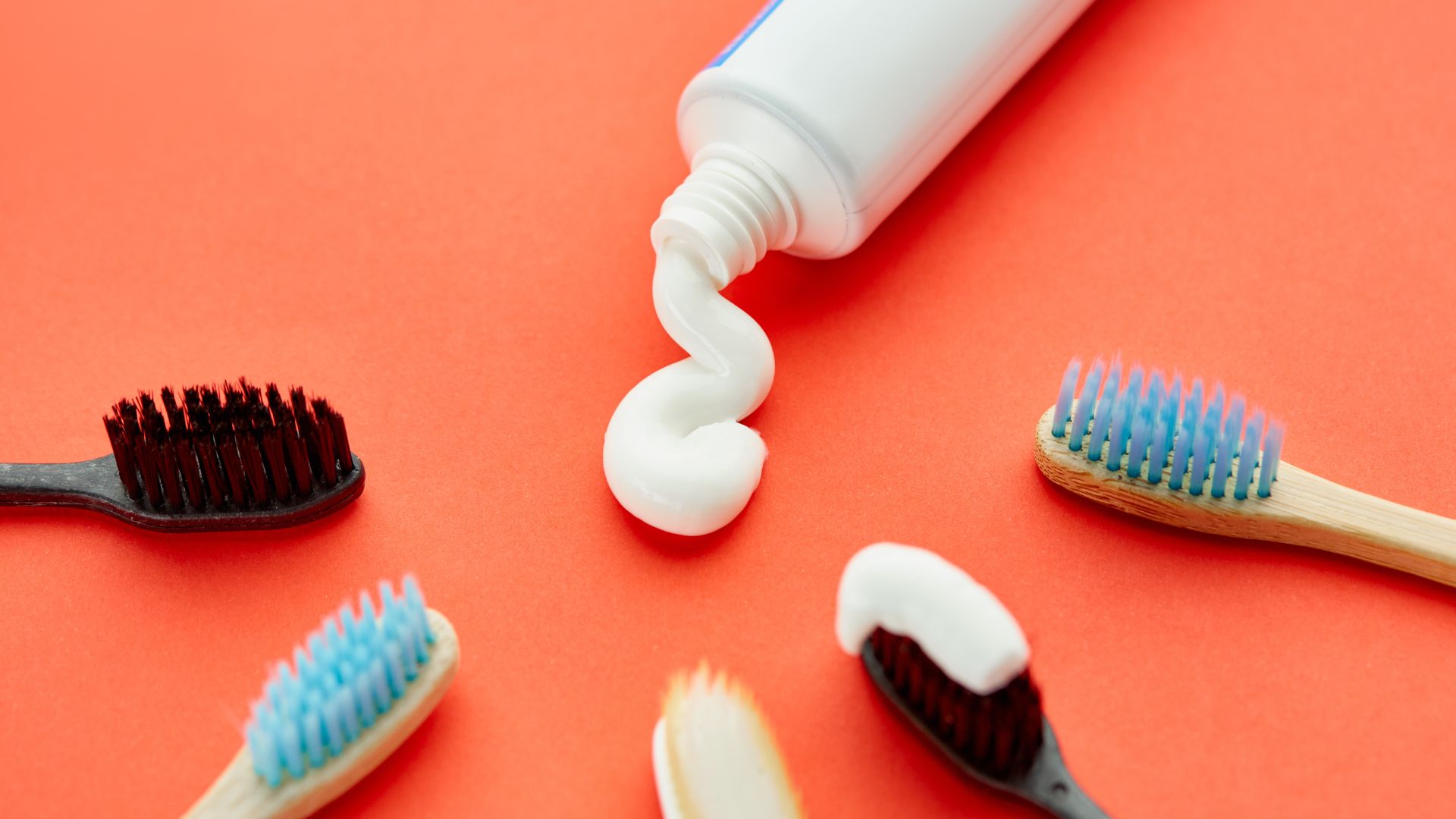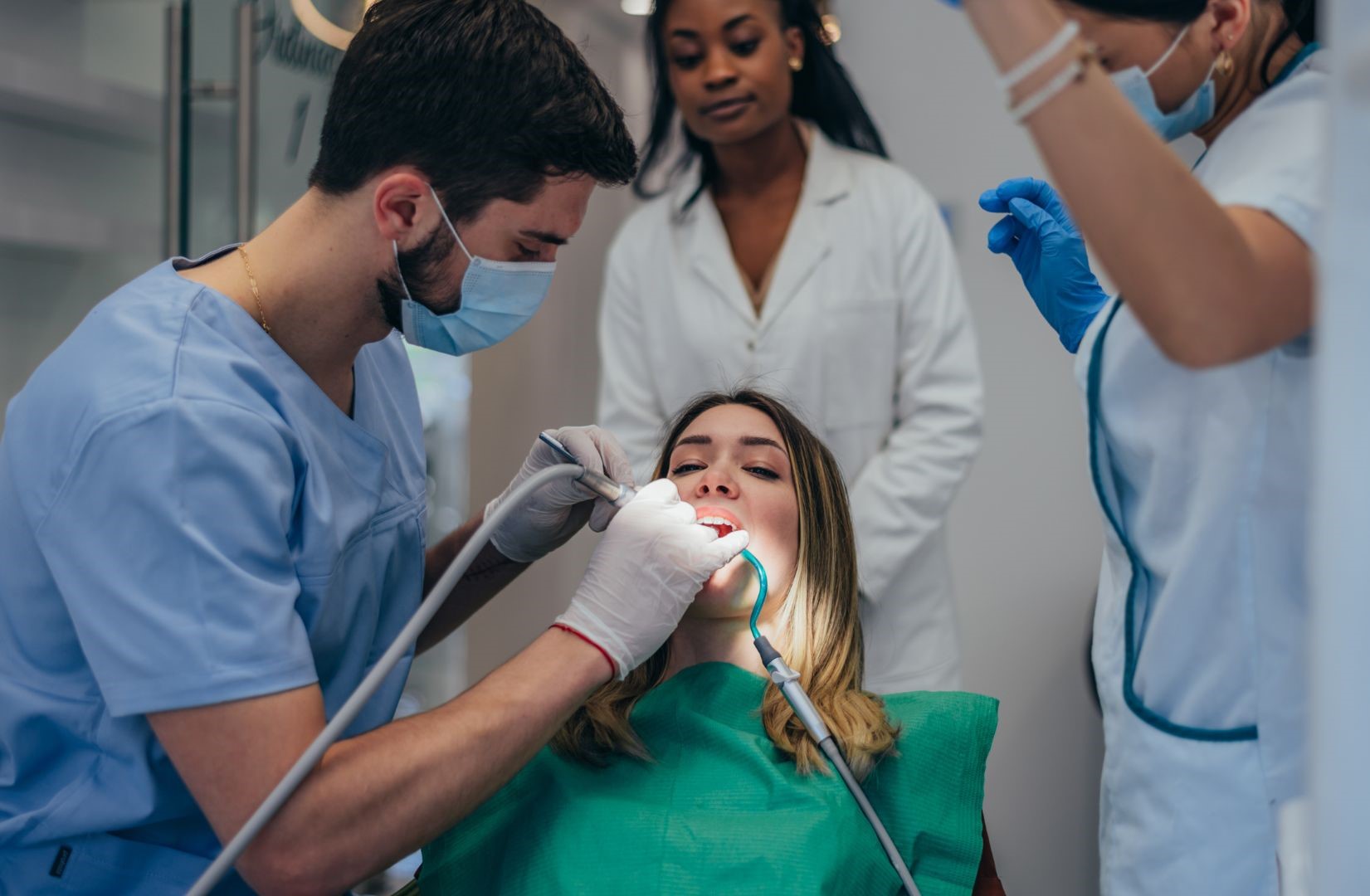Recession Gums: Prevention Tips and Treatment Options

Gum recession. Receding gums or recession gums, a prevailing dental condition where the margin of the gum tissue surrounding the teeth wears away, exposes more of the tooth or the tooth’s root. Recession gums often going unnoticed until it causes significant issues such as tooth sensitivity or even tooth loss, receeding gums demand both awareness and proactive management to prevent the onset or progress of this condition. Addressing gum recession effectively necessitates understanding the causes, which range from poor dental hygiene to genetics. Addressing this condition not only aims to improve oral health but also prevents the emergence of related complications, underscoring the critical nature of early identification and treatment.

This article delves into a comprehensive exploration of gum recession, identifying key factors that contribute to its development and outlining both professional and at-home treatment options to manage and reverse its effects. Additionally, it will provide actionable steps to prevent receding gums, from everyday hygiene measures to lifestyle changes, ensuring you maintain lifelong healthy gums. From understanding the early stages of gum disease through pictures and recognizing the signs of receding gums, to the implementation of effective treatments, such as deep cleaning, this guide offers invaluable insights and advice for those seeking to safeguard their gum health against recession.
Understanding Gum Recession Gums: What You Need to Know
Defining Gum Recession
Gum recession occurs when your gums pull back from the tooth surface, exposing the root surfaces of your teeth. This condition is often a result of periodontal diseases such as gingivitis progressing into more severe forms, where plaque buildup and bacteria lead to gum deterioration. Aggressive brushing or using a hard-bristled toothbrush can also contribute to this issue, gradually wearing away the gum tissue and exposing tooth roots.
Common Signs and Symptoms
You might notice symptoms such as bleeding after brushing or flossing, red and swollen gums, bad breath, and pain at the gum line. Additionally, receding gums can make your teeth more vulnerable to tooth sensitivity.appear longer, create visible gaps between the gum line and teeth, and lead to tooth sensitivitySensitivity to cold and heat is a common symptom of receding gums. These symptoms often develop gradually, making it easy to overlook the condition until significant dental issues arise.
The Gradual Onset of Gum Recession and Its Consequences
The process of gum recession is slow and can often go unnoticed without regular dental check-ups. As the gums recede, receding gums stages become more apparent, or gaps form between the teeth and gum line, allowing disease-causing bacteria to accumulate.pocketsThese gaps or pockets allow disease-causing bacteria to accumulate. If left untreated, this can lead to severe damage to the supporting tissue and bone structures of the teeth, potentially resulting in tooth decay and dental bone loss.tooth lossRegular dental visits are crucial for early detection and management of gum recession to prevent these serious outcomes, including tooth loss.
Exploring the Causes Behind Gum Recession Gums
Periodontal Diseases: The Leading Culprit
Periodontal diseases, primarily gingivitis and periodontitis, are significant contributors to gum recession. These conditions are instigated by bacterial infections that attack the supporting bone structure and gum tissue, leading to inflammation, gum disease, and recession. Regular dental check-ups and proper hygiene are crucial to managing these infections and preventing further gum deterioration.
The Role of Genetics and Aggressive Brushing
Genetic predisposition plays a critical role in gum health, making some individuals more susceptible to gum diseases like recession gums despite maintaining good oral hygiene. Additionally, aggressive brushing or using a hard-bristled toothbrush can exacerbate gum recession, which is why using a soft-bristle toothbrush is recommended to protect the gum line.
Other Contributory Factors to Recession Gums: Tobacco Use, Hormonal Changes, Misaligned Teeth
Tobacco use significantly increases the risk of periodontal diseases, leading to gum recession. Hormonal changes, especially in women during puberty, pregnancy, and menopause, also affect gum sensitivity and may contribute to recession. Furthermore, misaligned or crowded teeth can create uneven pressure on gums, exacerbating the recession gums process. Regular consultations with a dental specialist and appropriate orthodontic treatment, including the use of mouthguards for those suffering from bruxism, can help mitigate these risks.
Professional and At-Home Treatment Options
Scaling and Root Planing for Early Stages
Scaling and root planing, often referred to as deep cleaning, is a non-surgical gum treatment crucial for tackling gum recession in its early stages. This treatment involves the meticulous removal of plaque and tartar from below the gum line, smoothing the tooth roots to eliminate bacterial toxins. Regular professional cleanings complement personal hygiene routines, preventing the progression of periodontal disease and maintaining gum health.
Surgical Interventions for Severe Cases
For more advanced cases of gum recession, surgical interventions such as gum grafting and gum surgery may become necessary. These procedures are employed to treatsevere [gum disease](https://sensitivitytoothpaste.com/sensitive-toothpaste-causing-dry-mouth/) and protect oral health from dental bone loss. Flap surgery involves lifting the gums to clean out bacteria from underneath, while bone grafting aims to regenerate lost bone and tissue, crucial for maintaining tooth stability.
Home Remedies and Lifestyle Changes to Manage and Prevent Recession
To complement professional treatments, several home remedies and lifestyle changes can be effective in managing and preventing further gum recession. Regular use of a soft-bristle toothbrush and gentle brushing techniques can help reduce gum irritation. Incorporating antimicrobial mouthwashes, desensitizing agents, and desensitising toothpaste can alleviate symptoms and protect against bacteria. Additionally, maintaining a balanced diet rich in antioxidants and staying hydrated are vital for gum health.Quitting smoking is also highly recommended, as it significantly reduces the risk of gum disease.
By integrating professional treatments with diligent home care and lifestyle adjustments, you can effectively manage gum recession and maintain healthy gums through consistent gum treatment.
Preventing Gum Recession: Steps for Lifelong Healthy Gums
Effective Oral Hygiene Practices
Brushing your teeth properly with fluoride-infused toothpaste and using a soft-bristled toothbrush is crucial for maintaining healthy gums. Regular tooth brushing helps remove plaque and bacteria that can lead to cavities and gum disease. It’s essential to brushat least twice dailywith fluoride-infused toothpaste and use a soft-bristled toothbrush to prevent gum irritation. Additionally, flossing once a day removes food and plaque from areas your toothbrush can’t reach, preventing the formation of tartar. Incorporating mouthwash into your daily routine can further kill bacteria and provide additional protection against gum disease.
Importance of Regular Dental Check-Ups
Visiting your dentist every six months is vital for preventing gum recession and maintaining dental gum health. Regular check-ups allow for the early detection and treatment of gingivitis before it progresses. Professional cleanings during these visits can remove plaque and tartar that daily brushing and flossing might miss. Your dentist can also provide personalised advice on improving your oral hygiene practices.
Lifestyle and Diet Modifications
A balanced diet plays a significant role in gum health and in preventing tooth decay. Avoid sugary and starchy foods that contribute to acid production in the mouth, which can harm your gums and teeth. Instead, opt for a diet rich in calcium, phosphorus, and vitamins C and B12, which support gum health and prevent disease. Quitting smoking is also crucial as it increases the risk of gum disease. Regular exercise and maintaining a healthy weight can further enhance your gum health and overall well-being.
Conclusion
Understanding the mechanisms of gum recession gums, its causes, and embracing both receding gums treatment and preventive measures is crucial for sustaining oral health. As we have traversed through the significance of addressing teeth gum recession through professional treatments, at-home care, and indispensable lifestyle changes, it is evident that proactive and informed choices are key to preventing the progression of this condition. The adoption of gentle dental hygiene practices, regular dental consultations, and making healthy lifestyle choices form the cornerstone of not only preventing gum recession gums but also ensuring lifelong dental well-being.
From the perspective of a reviewer with expertise in dental health, it is underscored that maintaining vigilance against the indicators of gum recession gums and seeking timely intervention can avert severe dental complications. Emphasizing on the importance of a comprehensive approach, incorporating professional guidance along with diligent home care routines and lifestyle modifications, provides a robust defense against the onset of gum diseases. Thus, empowering readers to take charge of their oral health, this article serves as a guide to navigating the path towards achieving and maintaining healthy gums, underscoring the significance of preemptive care and awareness in the preservation of dental health.
FAQs
How can I avoid gum recession and recession gums?
To prevent gum recession, it’s essential to maintain good oral hygiene. This includes brushing your teeth thoroughly twice a day with a soft-bristled toothbrush, flossing daily, and using an antimicrobial mouthwash twice a day. Regular dental check-ups and cleanings as recommended by your dentist are also crucial. Additionally, avoiding smoking or the use of chewing tobacco can help prevent gum recession. Understanding how to prevent gum receding and how to prevent receding gums through these practices is vital.
What are the treatment options for receding gums?
Gum recession can be treated using a procedure known as a gum graft. This involves taking donor tissue from another part of the mouth, typically the palate, and transplanting it onto the receding area to cover the exposed tooth root and protect it from further damage. Gum grafting is a proven method to address this issue effectively.
How can I protect my gums from receding further?
Protecting your gums from further recession involves several careful practices. Avoid brushing your teeth too hard or using a hard-bristled toothbrush. Opt for a soft-bristled toothbrush instead and brush gently to prevent further damage to your receding gum. It’s also important to avoid over-brushing. Learning how to stop gum recession and how to stop receding gums begins with these simple adjustments, including the switch to a soft-bristle toothbrush.
Is it possible to halt the progression of gum recession?
Yes, it is possible to stop gum recession from getting worse. Key to this is brushing and flossing your teeth twice a day with a soft-bristled toothbrush and being mindful not to apply too much force while brushing. Gum recession treatment is also a choice. This helps maintain oral hygiene without causing additional harm to your gums. Understanding how to stop receding gums from getting worse is crucial in maintaining oral health.


